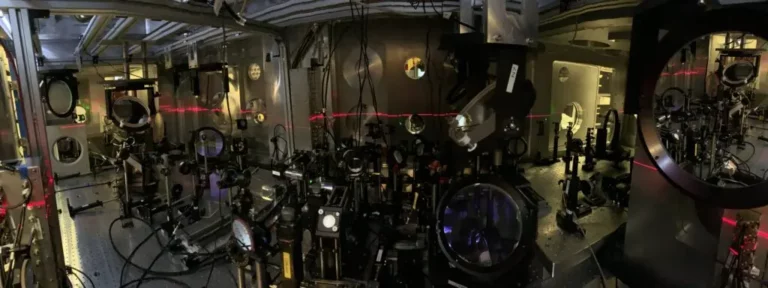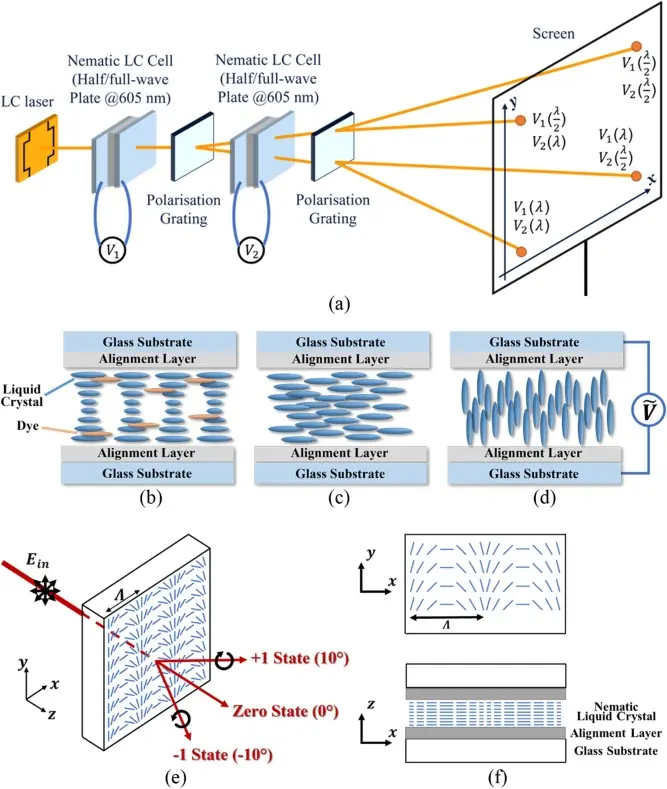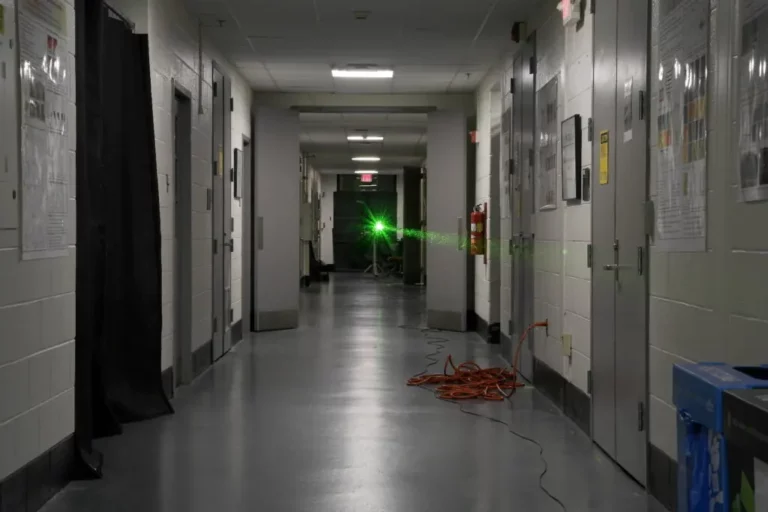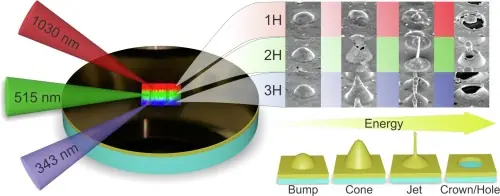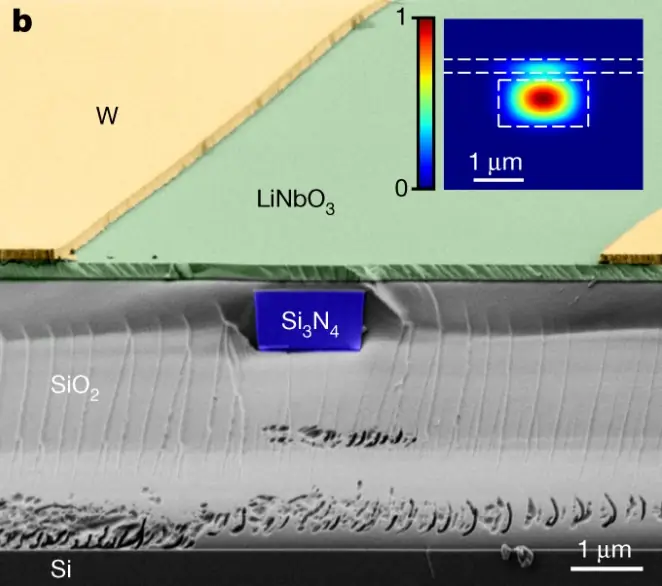Revolutionizing Fiber Bragg Grating Sensing with a Compact Silicon Chip Interferometer
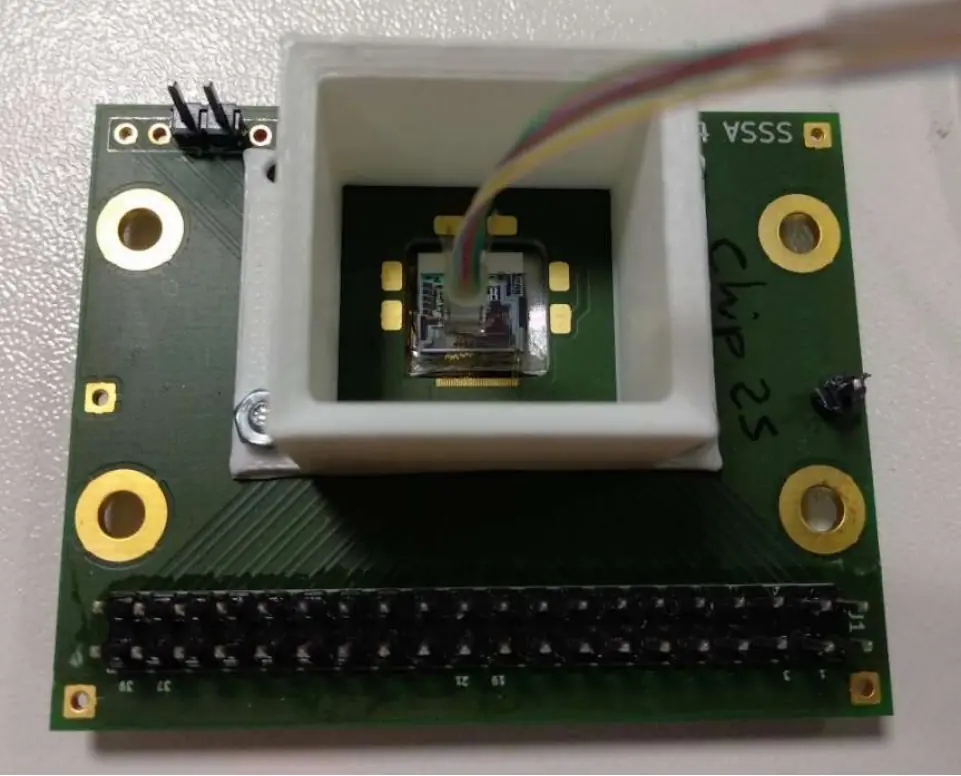
The world of optical fiber sensing just took a big leap forward with the creation of an ultracompact microinterferometer-based fiber Bragg grating interrogator on a silicon chip. This new technology could revolutionize the way we measure, detect and monitor changes in our physical environment.
What is a Fiber Bragg Grating Interrogator?
A Fiber Bragg Grating Interrogator is a device that is used to measure the wavelength of light reflected by a fiber Bragg grating (FBG). FBGs are tiny structures in optical fibers that reflect light of a specific wavelength back to the source, like a barcode on a product. They’re commonly used in applications such as strain and temperature sensing, and even seismic monitoring. The interrogator is responsible for reading the information encoded in the FBG and translating it into useful data.
What makes this new interrogator so special?
Traditionally, FBG interrogators have been bulky and expensive, making them difficult to integrate into everyday systems. However, this new device takes advantage of the latest advancements in silicon photonic technology to create an ultra-compact and cost-effective solution. It integrates all the components needed for the interrogator, such as the grating coupler, interferometers, a 12-channel wavelength-division-multiplexing (WDM) filter and Ge photodiodes, onto a single 6x8mm silicon chip. This miniaturization not only makes the interrogator more affordable, but it also means that it can be easily integrated into other systems, making it highly scalable and versatile.
How does it work?
The system is split into two parts, the optical and electrical interfaces, which are connected to a real-time electronic board. The board performs the critical phase demodulation processing using a multitone mixing (MTM) technique. This allows the device to actively demodulate the phase of the light wave, creating a highly accurate measurement of the FBG.
What are the benefits?
The device has been rigorously tested and has been shown to have a noise figure of 0.13pm at a bandwidth of 700Hz, which corresponds to a dynamic spectral resolution of 4.9fm/Hz 1/2. This is an impressive feat for such a small device and demonstrates the capabilities of integrated photonics. Additionally, the passive version of the system has a noise figure of 2.55pm at a bandwidth of 10kHz, and has successfully detected a 42kHz signal when the bandwidth was set to 50kHz.
This breakthrough in FBG interrogation opens up a world of possibilities for the future of optical fiber sensing. The integration of several systems with different demodulation schemes onto one chip not only makes the device more cost-effective, but it also makes it scalable and versatile. The possibilities for this technology are truly exciting, and we can’t wait to see what it will be used for in the future.


